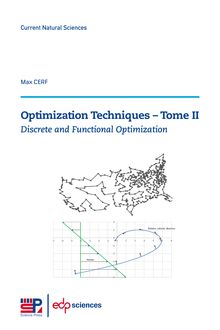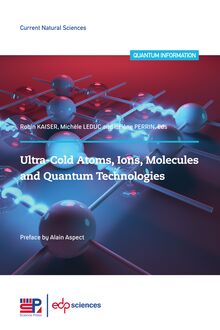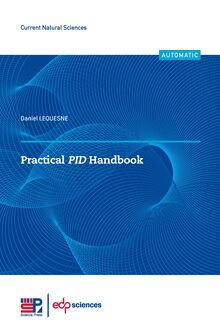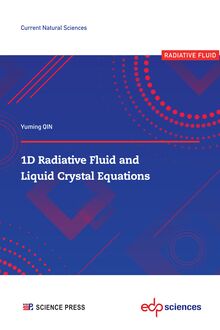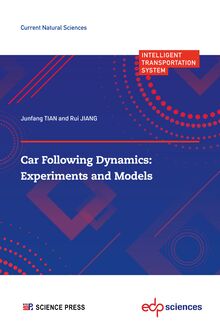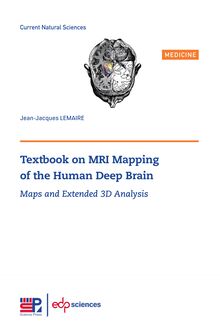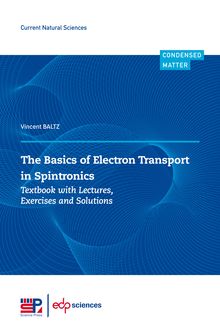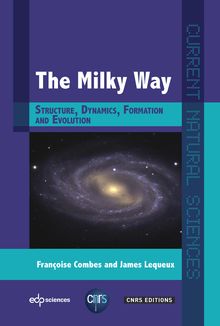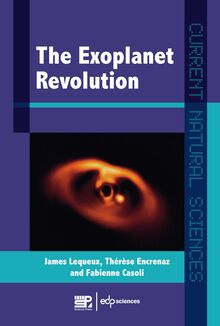-
 Univers
Univers
-
 Ebooks
Ebooks
-
 Livres audio
Livres audio
-
 Presse
Presse
-
 Podcasts
Podcasts
-
 BD
BD
-
 Documents
Documents
-
- Cours
- Révisions
- Ressources pédagogiques
- Sciences de l’éducation
- Manuels scolaires
- Langues
- Travaux de classe
- Annales de BEP
- Etudes supérieures
- Maternelle et primaire
- Fiches de lecture
- Orientation scolaire
- Méthodologie
- Corrigés de devoir
- Annales d’examens et concours
- Annales du bac
- Annales du brevet
- Rapports de stage
La lecture à portée de main
Découvre YouScribe en t'inscrivant gratuitement
Je m'inscrisDécouvre YouScribe en t'inscrivant gratuitement
Je m'inscrisEn savoir plus
En savoir plus

Description
Even in the age of Internet, when information and knowledge are just a click away, few probably know what is psychophysics and what is it for.
Psychophysics can be romantically defined as the science that measures the soul, namely the sensory soul. Psychophysics estimates the sensibility and looks for the threshold, that ephemeral limit between the sensed and the not sensed, the perceived and the not perceived, the seen and the not seen. It is a challenging task, since this limit is like a butterfly twirling over a flowery meadow, and psychophysics is the tool aimed at measuring as exactly as possible the height of its flight.
At the boundary between experimental psychology and sensory neuroscience, psychophysics is not confined within a theoretical framework, but has great importance also in the clinical setting: audiologists, ophthalmologists, optometrists, orthoptists as well as neuropsychiatrists make use of psychophysics in many of their diagnostic protocols.
This book aims at describing the principles of this discipline in a simple yet rigorous form, so as to make psychophysics understandable to the broad audience of non-psychophysicists. And, why not, even to reveal its hidden charm...
Sujets
Informations
| Publié par | EDP Sciences |
| Date de parution | 08 mars 2021 |
| Nombre de lectures | 0 |
| EAN13 | 9782759825189 |
| Langue | English |
| Poids de l'ouvrage | 7 Mo |
Informations légales : prix de location à la page 1,2000€. Cette information est donnée uniquement à titre indicatif conformément à la législation en vigueur.
Extrait
-
 Univers
Univers
-
 Ebooks
Ebooks
-
 Livres audio
Livres audio
-
 Presse
Presse
-
 Podcasts
Podcasts
-
 BD
BD
-
 Documents
Documents
-
Jeunesse
-
Littérature
-
Ressources professionnelles
-
Santé et bien-être
-
Savoirs
-
Education
-
Loisirs et hobbies
-
Art, musique et cinéma
-
Actualité et débat de société
-
Jeunesse
-
Littérature
-
Ressources professionnelles
-
Santé et bien-être
-
Savoirs
-
Education
-
Loisirs et hobbies
-
Art, musique et cinéma
-
Actualité et débat de société
-
Actualités
-
Lifestyle
-
Presse jeunesse
-
Presse professionnelle
-
Pratique
-
Presse sportive
-
Presse internationale
-
Culture & Médias
-
Action et Aventures
-
Science-fiction et Fantasy
-
Société
-
Jeunesse
-
Littérature
-
Ressources professionnelles
-
Santé et bien-être
-
Savoirs
-
Education
-
Loisirs et hobbies
-
Art, musique et cinéma
-
Actualité et débat de société
- Cours
- Révisions
- Ressources pédagogiques
- Sciences de l’éducation
- Manuels scolaires
- Langues
- Travaux de classe
- Annales de BEP
- Etudes supérieures
- Maternelle et primaire
- Fiches de lecture
- Orientation scolaire
- Méthodologie
- Corrigés de devoir
- Annales d’examens et concours
- Annales du bac
- Annales du brevet
- Rapports de stage
